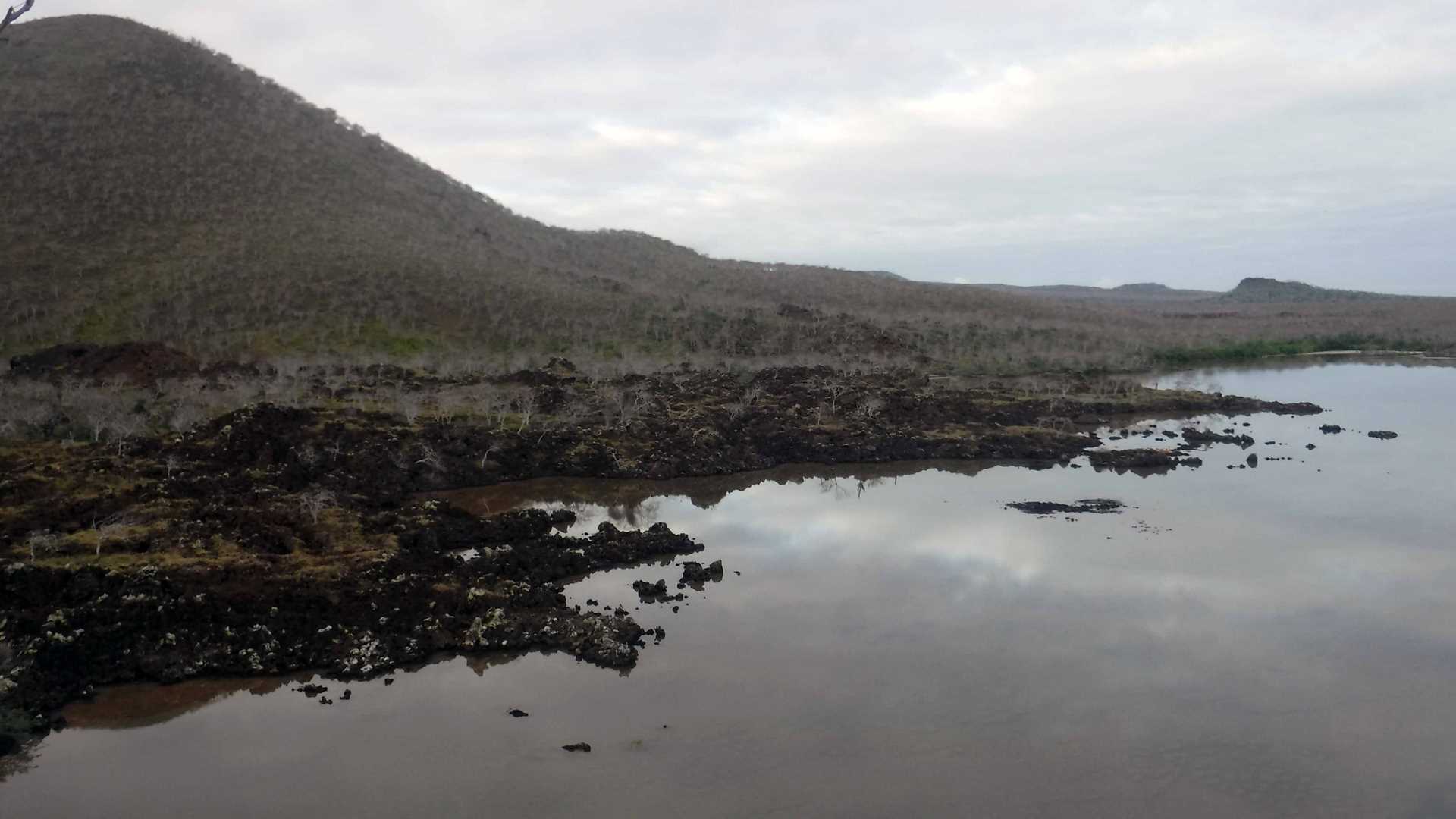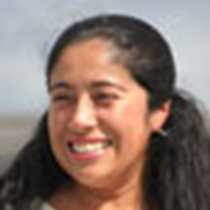We spent the day at Floreana Island where we enjoyed an early hike at Punta Cormorant, then the National Geographic Islander was repositioned toward Champion Islet. At this Islet we went on board our Zodiacs for a great ride and we got to see many sea birds and other wildlife. From a nesting red billed tropic bird to swallow tailed gulls, Galapagos shear waters to Galapagos sea lions. This place was great for snorkeling too! In the afternoon we were at Post Office Bay and a short walk lead us to the famous barrel where postcards were left and others taken for delivery. We also stopped by a great beach for easy snorkeling. In addition to all of this, it’s a great place for kayaking and paddle-boarding. There were Pacific green sea turtles and Galapagos sea lions all around us! It was a perfect day, with mild weather conditions.
- Daily Expedition Reports
- 06 Jun 2017
Floreana Island, 6/6/2017, National Geographic Islander
- Aboard the National Geographic Islander
- Galápagos
Vanessa Gallo, Naturalist
Vanessa Gallo’s grandparents arrived in the Galápagos Islands in 1936, making her the third generation of her family to live and work in this magical archipelago. She left the islands for the capital city of Quito for high school, where she discovere...
Read MoreShare Report
Related Reports
11/23/2022
Read
National Geographic Islander II
Isabela and Fernandina
Our day began with the chance to point out a lot of interesting geological features as we enjoyed Zodiac tours along a massive flank of Ecuador Volcano on Punta Vicente Roca. In the afternoon, we took a sunny walk on Punta Espinoza on Fernandina Island. We spotted many iguanas, and a bunch of sea lions hanging around, too.
11/22/2022
Read
National Geographic Islander II
North Seymour & Rabida Islands
Relatively small and low compared to neighboring Santa Cruz, North Seymour is located to the north of Baltra. The island is dry with predominantly low shrubs, like prickly pear cacti. The incense trees are bare during the dry season. Seabirds like frigatebirds and blue-footed boobies nest on the island, and sea lions rest on the sand when they are not fishing. Land and marine iguanas also live here. Rabida is in the middle of the archipelago and has a striking red sand beach. We observed a small colony of sea lions of all ages resting or nursing. Behind the beach, American flamingos nest in a brackish lagoon. This island is full of contrasts and wildlife that we enjoyed observing during this day of expedition.







